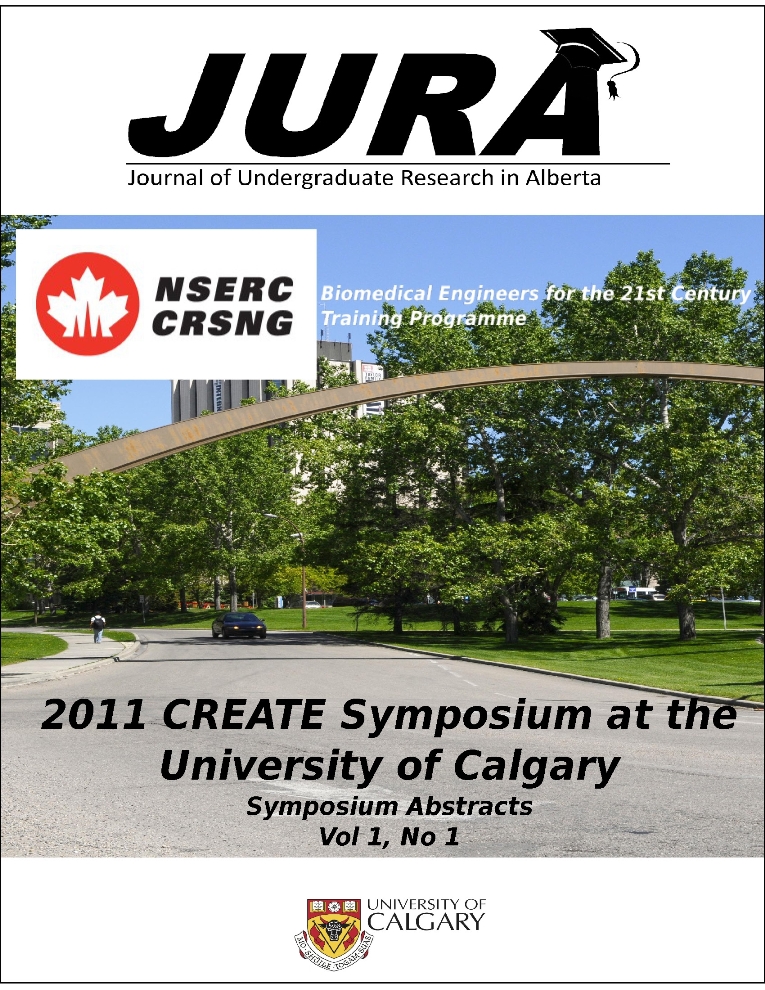Assessing Arrhythmia Risk in Diabetic and Ischemic-preconditioned Rat Hearts
Keywords:
Arrythmia, Diabetes, ECG, IschemiaAbstract
The purpose of this study is to understand the extent of protection against arrhythmia that Streptozotocin (STZ) induced diabetes and ischemic-preconditioning (IPC) on Sprague-Dawley rat hearts subjected to ischemia-reperfusion injury.
Hearts were extracted and perfused using the langendorff method with aerated Krebs Henseleit solution. ECG recordings were recoded as the hearts were subjected to 35 minute baseline, 30 minute of no flow (ischemia) followed by 1 hour of reperfusion. The four groups investigated were vehicle control, Streptozotocin (STZ) induced diabetic rats (65mg/kg STZ), ischemic preconditioned hearts (IPC) that were subjected to two 3 minute ischemic intervals followed by 5 and 10 minute reperfusion intervals respectively), and finally diabetic hearts that underwent ischemic preconditioning (STZ+IPC).
The time elapsed during ischemia until all ventricular activation stops for control hearts is 7.1±0.8 minutes, while STZ, IPC, and IPC + STZ are 15.5± 3.7, 8.6± 0.9 and 9.9± 1.6 minutes respectively. The STZ group was significantly different from the control group. When the time spent by each heart in the normal sinus rhythm state was analyzed during the 60-minute reperfusion period, control animals maintained normal rhythm for 20.9±9 minutes while STZ, IPC, and IPC + STZ maintained 29.6± 12.4, 31.7± 10.2, and 40.94+ 9.6 minutes respectively.
Furthermore, the time spent in ventricular fibrillation (VF) was analyzed, and the IPC+STZ group spent 0.24± 0.2 minutes while control hearts spent 11.28± 9.2 minutes in VF. The data suggests a trend of improved arrhythmia protection when treated with STZ, IPC, or both. The IPC+STZ group is potentially displaying an additive cardioprotective effect.
Downloads
References
2. Seubert JM, Sinal CJ, Graves J, DeGraff LM, Bradbury JA, Lee CR, Goralski K, Carey MA,Luria A, Newman JW, Hammock BD, Falck JR, Roberts H, Rockman HA, Murphy E, Zeldin DC, “Role of soluble epoxide hydrolase in postischemic recovery of heart contractile function,” Circ Res, 99(4), 2006, pp.442-50.
Downloads
Published
Issue
Section
License
Authors retain all rights to their research work. Articles may be submitted to and accepted in other journals subsequent to publishing in JURA. Our only condition is that articles cannot be used in another undergraduate journal. Authors must be aware, however, that professional journals may refuse articles submitted or accepted elsewhere—JURA included.


